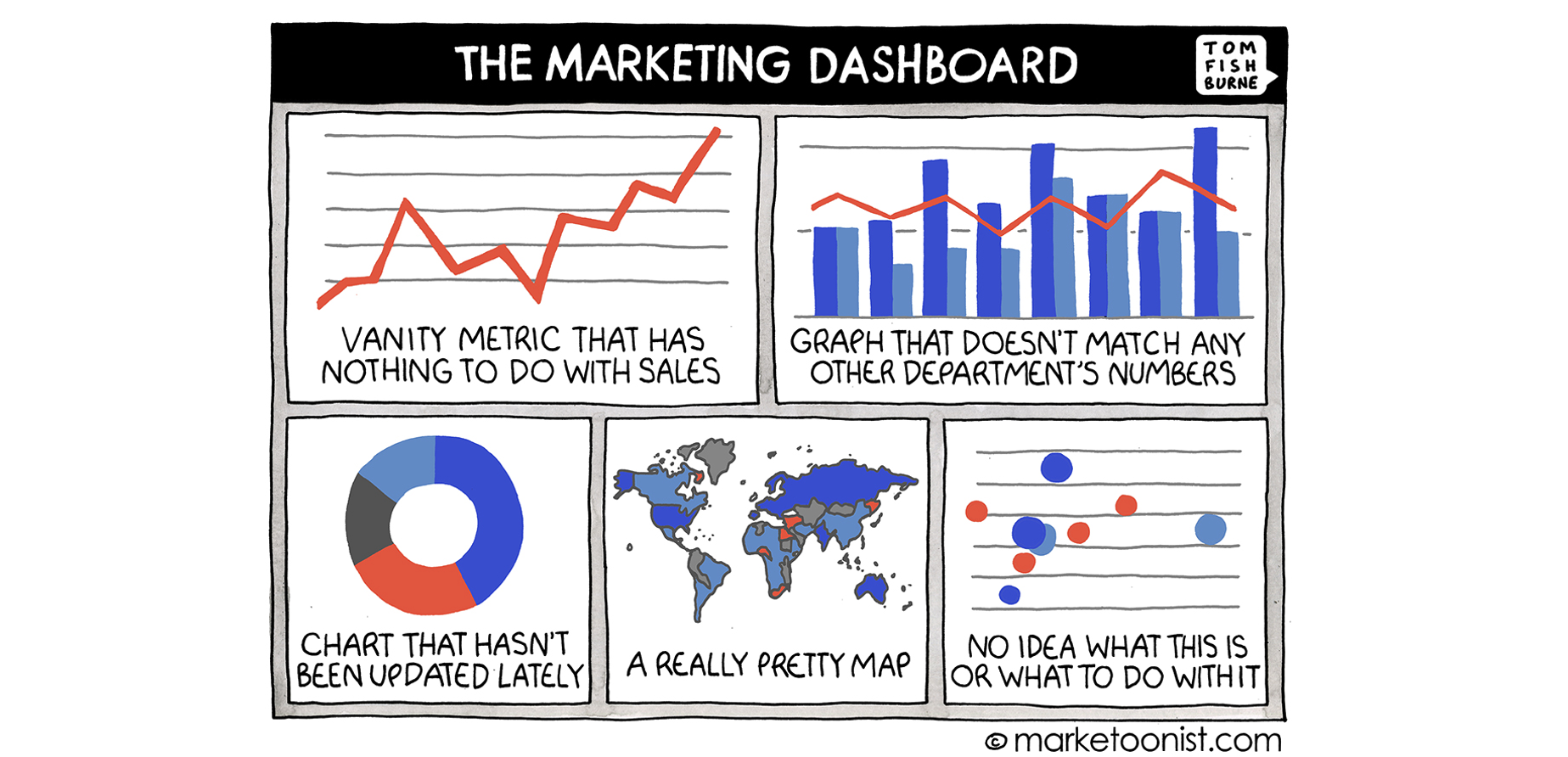3 Reasons your B2B Marketing Team will Fail
I’ve been working in B2B marketing for 20 years.
I’ve been on both the agency and the client side - within both start-up and Fortune 500 environments. I’ve been embedded in business units, pulled out as part of a centralization, decentralized and jettisoned back into the business, only to be yanked out to build an enterprise team.
I’ve led teams organized around end markets, product lines, regions, customers and marketing functions. I’ve seen what works and what doesn’t (and when it works and when it doesn’t).
All this to say…I’ve seen a lot.
And WITHOUT fail, there are 3 reasons talented B2B marketing teams underperform or worse…crash and burn.
1) We don’t know why we exist
As marketers, we all too often forget that we’ve been put on this planet to increase sales. Period. As such, all marketing activities should be aligned with the revenue goals of the business and, the success of those activities must be measured against those goals.
Instead, we’re fond of touting our successes driving website traffic, generating leads, increasing content downloads or social network likes and [insert your favorite vanity metric].
Those aren’t goals - those are tactics. Those tactics may very well drive revenue (or not) but unless those activities are linked to revenue goals – nobody will EVER know.
And focusing on the wrong metric will only fuel the ongoing conflict between marketing and sales and set your teams up for finger-pointing when revenue goals aren’t reached. Success isn’t measured in leads – success is measured in sales growth.
2) We don’t know what it’s like to sell
Which is crazy unfortunate given marketing IS selling.
Both sales & marketing have roles to play during the buying process and across the customer journey. A smartly choreographed, unified customer experience is the best way to move customers through that journey efficiently and effectively but…it’s 100% IMPOSSIBLE if sales & marketing don’t understand (or value) those roles.
Here's a cheat sheet:
MARKETING is responsible for engaging with the customer as a collective, driving what Roger Martin - author of Playing to Win, How Strategy Really Works - refers to as “mental availability”. If your customers don’t know about you, or have forgotten about you or don’t understand what you sell and how it’s different from alternative solutions – they won’t buy. Creating awareness, generating interest and communicating your brand’s value proposition clearly and compellingly is a component of the selling process you just can’t skip.
While marketing is selling to many, SALES engages with the customer individually. Their role is to enhance the “mental availability” that marketing has initiated. Keeping your brand top of mind and taking mindshare from competitive offerings requires consistent sales outreach to interested and qualified buyers. By providing additional information or tailoring a solutions to meet the needs of the customer best, commercial teams leverage their expertise to build the customer’s confidence that if they buys they’ll be happy.
So, if you’re a marketer and you don’t know what it’s like to be a commissioned sales rep - get in the field, travel with them, visit customers with them. Climbing out of your silo is the only way to truly understand what it’s like to sell and help your team sell.
3) Apparently, marketing isn’t great at sports
Marketing folks often think their job is done when they hand a qualified lead to sales. We’ve passed the baton and now it’s the rep’s job to close - freeing us up to create yet another sexy sizzle reel…woo hoo!!
The thing is…today’s selling process is NOT a relay race and employing demand gen funnels created years ago for a buying journey that no longer exists is a one-way ticket to failure.
The B2B buying journey isn’t linear – buyers weave in and out of engagement with marketing and sales via digital interaction, human-to-human interaction, back to digital, back to human-to-human (you get the picture). It’s critical that sales & marketing work together like a well-oiled machine to engage with the customer in the right way, with the right content at the right point along that journey to move them down the funnel and convert.
It’s not long passes and big gains…it’s more like 3 yards and a cloud of dust. It’s messy and multi-directional. Recognizing that and understanding how the customer WANTS to engage with you will ultimately shape successful engagement strategies to sell.
(Oh…and I full-on expect to get extra credit for my baller sports references)



